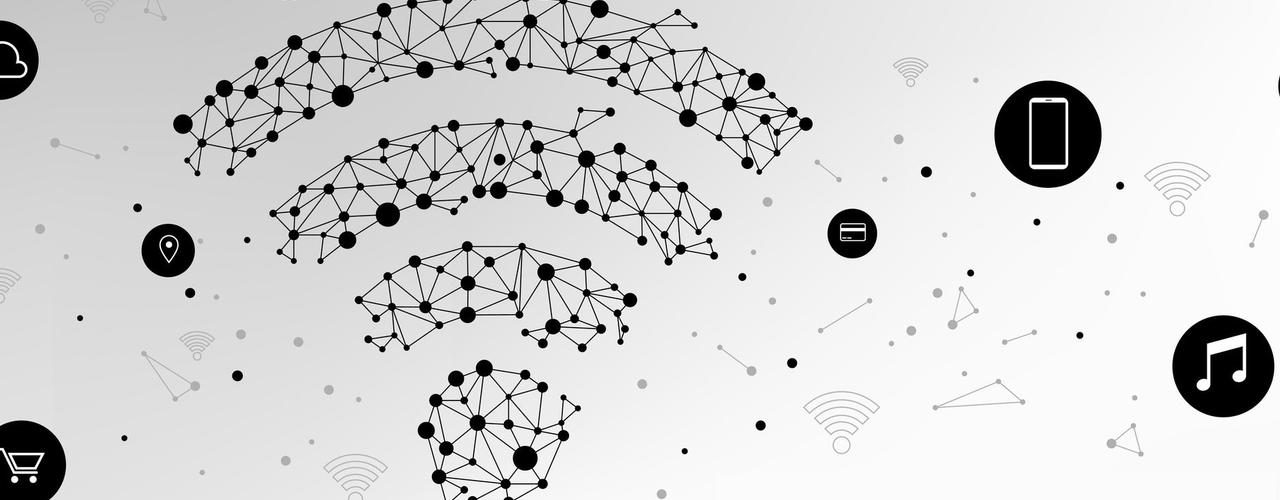Blazing speed and lower latency offers tantalizing possibilities.
Every day, roughly 5,000 people visit Magnolia Market at the Silos in Waco, Texas, to shop or eat at the food truck park. Now, emerging 5G technology could change the retail landscape there and elsewhere. In December 2017, AT&T announced it was launching its largest trial of 5G fixed-wireless technology at Magnolia Market at the Silos.
During the trial, AT&T observed wireless speeds of approximately 1.2 gigabits per second in a 400-megahertz channel, and latency rates of 9 to 12 milliseconds, says Robert Boyanovsky, vice president of enterprise mobility at AT&T Business.
“To put that in perspective, MIT researchers found the human eye can process images in 13 milliseconds,” he says. “So, this is fast.”
The 5G Rollout Starts Now
The findings come as AT&T plans to introduce mobile 5G in 19 cities in the coming years, including five this year.
The technology will not replace existing wireless networks, but work with them, combining the benefits of 2G, 3G, 4G/LTE, wired technology and Wi-Fi into one platform that provides density, high speeds and reliable connections at low power, according to a report by Forrester. And the promise of 5G extends beyond retail into all business sectors.
For example, Boyanovsky says, a hospital could respond faster to changes in a patient’s vital signs with edge computing inside and outside the hospital.
A manufacturer that operates fast-moving machinery could identify and fix mechanical failures in record time.
“5G will eventually have a significant impact on how businesses work,” he says. “Technologies such as artificial intelligence and machine learning offer great potential, but require high bandwidth and low latency to achieve optimal performance.”
Faster data transfer speeds and lower latency rates will make any cloud service or application a business uses more responsive and capable, while reducing employee downtime. Small businesses that use collaboration technology to communicate internally will enjoy a much better experience. Those gathering data with internet-connected sensors will find they can expand such deployments efficiently.
5G Competition Heats Up
Several other telecommunications firms are conducting trials. Verizon says its 5G Home program will deliver typical speeds of about 300 megabits per second, for example.
5G promises to make businesses — and the U.S. economy — more innovative, resilient and competitive, says Karen Kerrigan, president and CEO of the Small Business and Entrepreneurship Council. Kerrigan, who expects that broad commercial deployments of 5G technology will take place over the next two to three years, said she met a food truck owner who told her the technology is critical to the growth of her business. The business relies on cloud technology to process payments.
“From her perspective, faster speed and better reliability would mean the world for her business,” Kerrigan says. “She would be doing more sales and be more productive. And every penny counts when you are a small business.”
by Erin Cunningham

